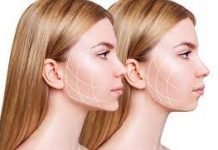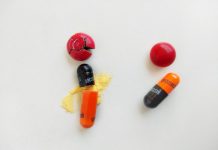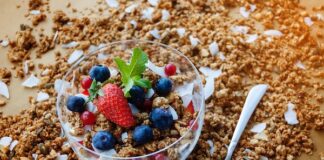
Image via iStock
Working with children with special needs, I am constantly aware of special dietary needs. I have seen children whose behavior increases instantly after they eat one sugary snack and children who experience no effects to any amount of sugar. In the classroom, there is always a constant conversation with parents about their child’s diet and how it may worsen their symptoms. Even though Attention Deficit Hyperactivity Disorder (ADHD) is more common in children, it also effects many adults. Research suggests that eliminating certain foods from diets—particularly artificial food coloring—may actually help decrease the symptoms associated with ADHD.
SEE ALSO Stressed Out? The 12 Foods You Should Be Eating
ADHD is a disorder that effects a person’s ability to concentrate. More common in children, ADHD sometimes prohibits students from achieving at their best level in school. While the disorder is most likely caused by genetics, The National Institute of Mental Health explains that “researchers are looking at possible environmental factors, and are studying how brain injuries, nutrition, and the social environment might contribute to ADHD.”
What we put into our bodies doesn’t only affect our weight; poor eating habits have been linked to feelings of tiredness as well as an increase in negative moods. When it comes to focusing or sitting still, it is easy to believe that eating habits could affect our abilities to concentrate on a task; especially when it comes to a child.
SEE ALSO Candy Indulgences: Best Healthy Alternatives To Your Favorite Sweets
The National institute of Mental Health states that “recent British research indicates a possible link between consumption of certain [….artificial colors or preservatives] and an increase in activity,” but more research needs to be done. How foods affect the body is individual to each person, and, therefore, makes it difficult to determine whether eliminating food dyes from the diets of all people with ADHD would decrease their symptoms. An online magazine that gives information and support for ADHD, Attitude, suggests an at-home study that can be done to determine the effects of food coloring. It is suggested “for one week, [to] avoid foods and drinks that list on their labels U.S. certified color Red #40, Blue #2, Yellow #5 (Tartrazine), Yellow #6 (Sunset Yellow), as well as sodium benzoate, ” then observe the behavior of the child, Attitude states. Then “After seven days, reintroduce food additives into his diet by squeezing a few drops of artificial food coloring […] into a glass of water, and have your child drink it. Observe his behavior for two or three hours,” Attitude concludes. Of course, this isn’t a fool proof method; however, it could give insight to your child’s—or your own— individual reaction to food dye.
Verdict: Fact. While there is some truth to this claim, more research needs to be done to determine its validity. It is important to remember that foods affect each person differently and appropriate diets should be made under a doctor’s consideration. Speak with your doctor to discuss how eliminating food coloring may help alleviate your symptoms of ADHD. Think of the way you feel after eating a protein packed meal versus a handful of cookies; eating healthier is overall likely to make you feel better!
For more Food features, check out our articles here.
Or, take a look at these Head & Heart articles here.
Have you heard of the food coloring health risks?









![Daily Bite [Make]: Philly Cheesesteak Stuffed Bell Peppers](https://dashofwellness.com/wp-content/uploads/2013/01/Philly-Cheesesteak-Stuffed-Pepper-Daily-Bite-1-100x70.png)
